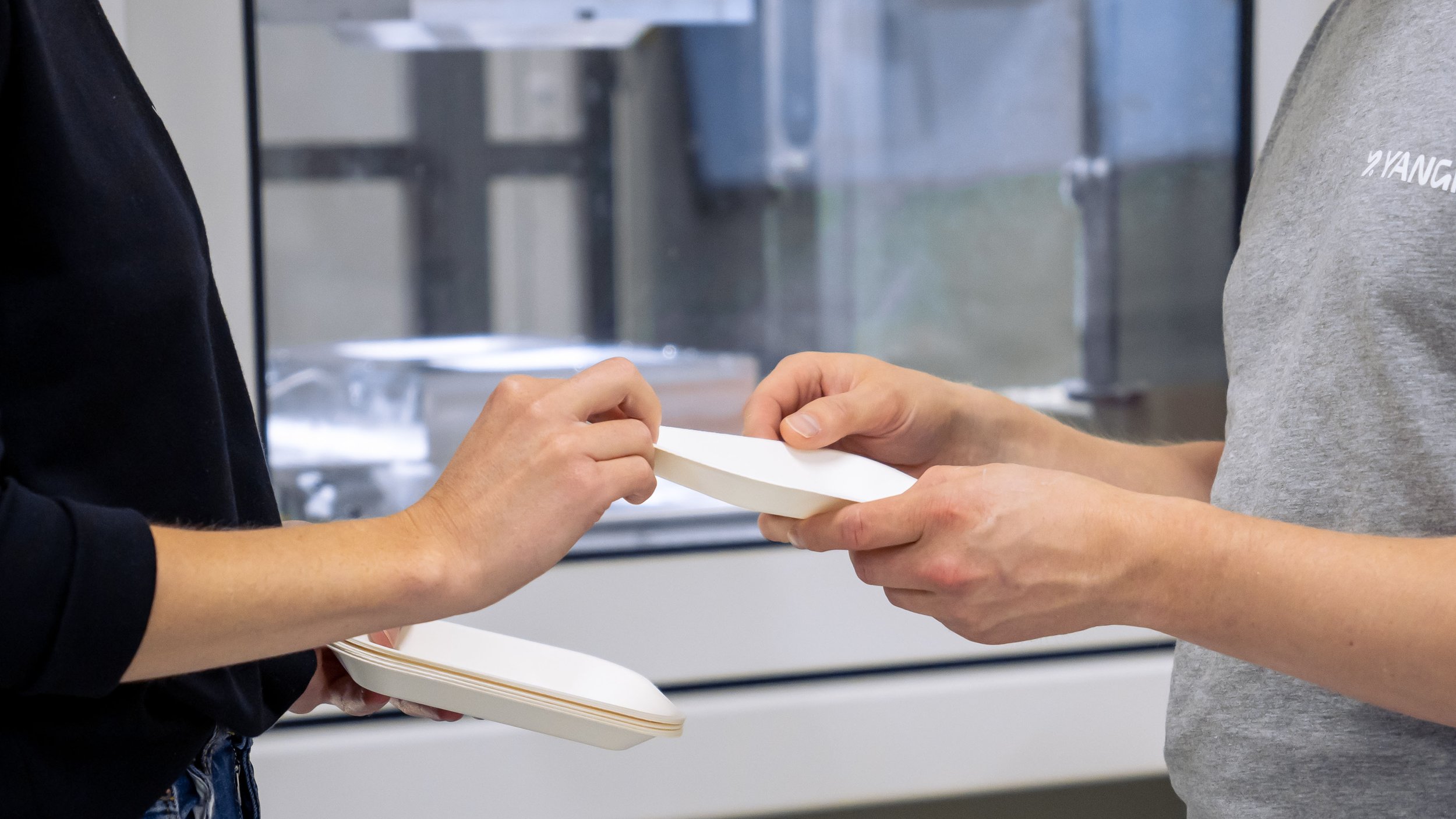Beyond Green: The Holistic Advantages of Fiber-Based Packaging in a Circular Economy
In the pursuit of sustainable packaging solutions, fibre-based packaging has emerged not only as an eco-friendly alternative but as a key player in advancing the principles of a circular economy. This article explores a fresh angle on why fibre-based packaging is not just needed for environmental reasons but as a catalyst for a more holistic, regenerative approach to consumption and waste management.
Closing the Loop on Resources
Fibre-based packaging operates within the principles of a circular economy by prioritizing the use of renewable resources. Unlike traditional packaging materials that follow a linear 'take, make, dispose' model, fibre-based packaging encourages a closed-loop system where materials are sourced sustainably, used efficiently, and then recycled or composted to re-enter the production cycle. This approach minimises waste and maximises resource utility.
Natural Carbon Sequestration
The raw materials used in fibre-based packaging, primarily derived from responsibly managed forests, actively contribute to carbon sequestration. During their lifespan and growth, trees absorb carbon dioxide, riding the atmosphere of carbon. When these trees are harvested for fibre production, the carbon remains stored within the paper and cardboard products. By choosing fibre-based packaging, businesses and consumers actively support a process that mitigates climate change by sequestering carbon naturally.
Encouraging Sustainable Forestry Practices
The demand for fibre-based packaging incentivises sustainable forestry practices. Responsible forest management involves planting more trees than are harvested, ensuring the long-term health of forests and biodiversity. By choosing fibre-based packaging, consumers and businesses actively support initiatives that promote the preservation of natural habitats and foster environmental balance.
Job Creation and Community Impact
The production of fibre-based packaging often involves local industries, contributing to job creation and economic development within communities. Sustainable forestry practices and responsible manufacturing not only benefit the environment but also have a positive impact on the social fabric of regions engaged in these activities. Fiber-based packaging thus becomes a driver for sustainable development.
Versatility and Innovation
Fiber-based packaging is versatile and adaptable to a wide range of products and industries. From lightweight and durable cardboard for e-commerce packaging to moulded pulp solutions for delicate items, the versatility of fibre-based materials is continually expanding. This adaptability fosters innovation and encourages the development of new, sustainable packaging solutions tailored to diverse consumer needs.
Fiber-based packaging goes beyond being a green alternative; it represents a fundamental shift towards a circular economy, where resources are valued, and waste is minimized. By choosing fibre-based packaging, individuals and businesses contribute to a regenerative system that benefits the environment, supports local economies, and encourages innovation. The need for fibre-based packaging extends beyond a single-dimensional focus on sustainability; it encompasses a broader vision for a world where materials are thoughtfully sourced, efficiently used, and perpetually recycled in a continuous loop of responsible consumption.




